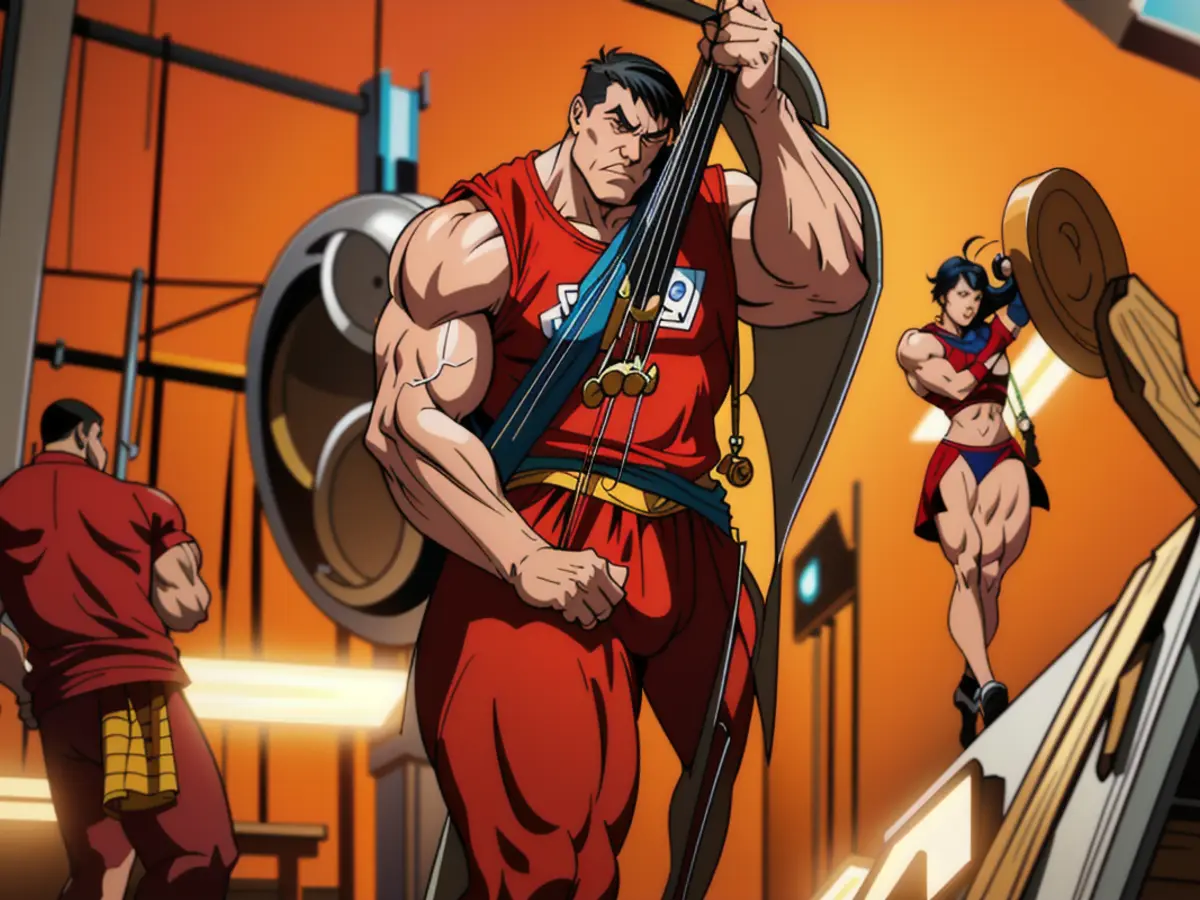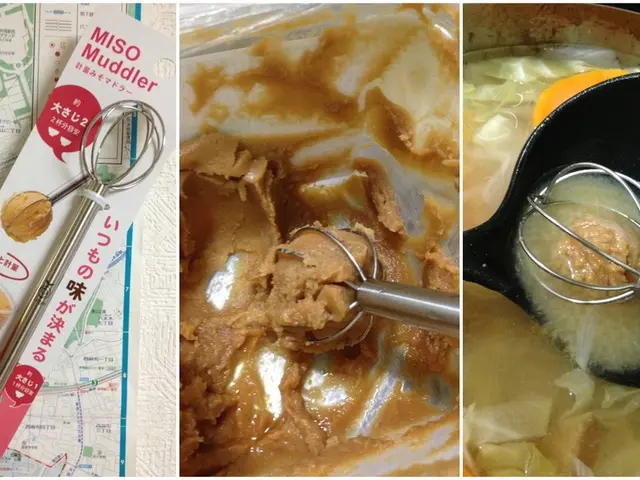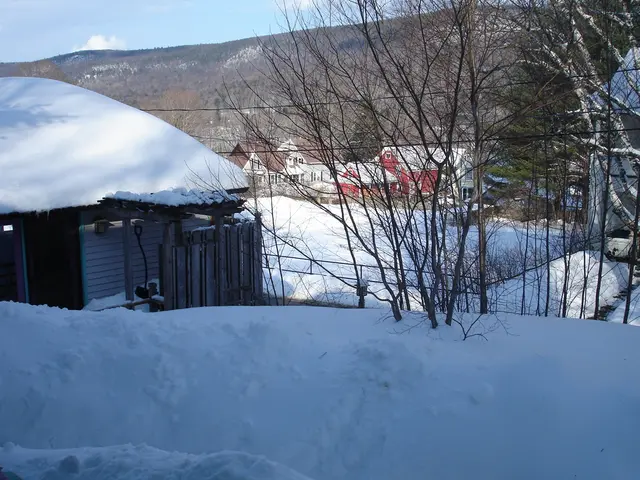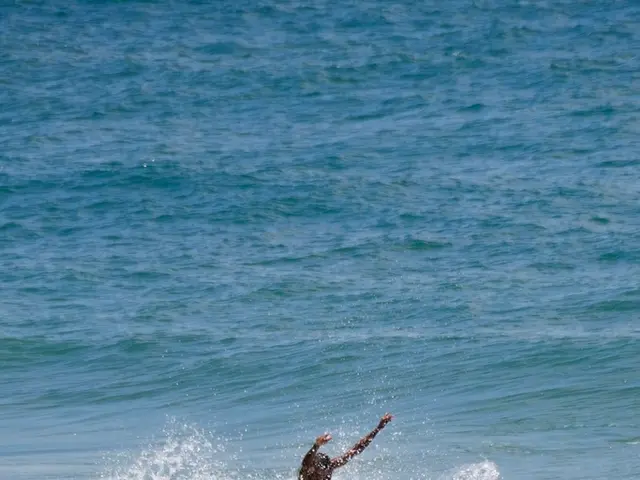Distinction in Musical Instruments: Fiddle vs Violin
A Southern native, or someone who's made the South their home, has a general idea of what a fiddle is - they've heard it referred to in everyday expressions like "feeling 'fit as a fiddle.'" Zenas Alexander, a man who's got the chops to back it up with his degree in Music Education from Tennessee Tech University and his current roles as orchestra director at West Creek High School and conductor for the Clarksville Youth Orchestra, says that Southern ears have a natural affinity for the fiddle, whether they realize it or not. "You know the fiddle licks from 'The Devil Went Down To Georgia,'" he says, "it's such an ingrained part of music where we are." But what the hell is this ubiquitous instrument, you ask?
Zenas Alexander, a badass with a passion for strings, sure as shit knows.
So, What's the Difference Between a Violin and a Fiddle?
At its core, a violin and a fiddle are the same damn instrument. But there's a whole lot of controversy about whether a fiddle is its own unique entity. "I started playing violin when I was 4. I fucking hated it in middle school, so my violin teacher just tossed me some fiddle tunes for three goddamn years," Alexander says. "I played all these standard fiddle charts, and that's where I really began to understand the differences. They aim for different things entirely."
Technique
While the nitty-gritty of technique might be lost on those outside the stringed community, there are separate approaches to playing a violin and a fiddle. A fiddle might have some slight tweaks to help with improvisation, such as swapping out the traditional strings for steel ones or flattening the bridge. "[This] makes things like chords and double-stops easier," says Alexander. "The strings have a little less tension on them, so they react quicker to your fingers."
Style
The biggest difference between a violin and a fiddle? A violin's all about classical music, while a fiddle's more associated with folk music or bluegrass, where players have more freedom to improvise. "There's a lot more swagger involved in fiddle playing," says Alexander. "Violinists put their own damn spin on any piece they touch, but it's the fiddle players who draw outside the lines."
The Fiddle's Southern Roots
So, how the hell did this instrument become such a defining part of Southern culture? Violins gained popularity in Europe, especially in the late 1700s when the everyman could afford them. Suddenly, it wasn't just classical musicians playing these things.
"The fiddle has roots in two separate places," says Alexander. "There's the Irish-Scottish immigrants that settled in Appalachia-that's [thought of] as the traditional route." But country music has always had deep roots and evolution in blues.
Black and Native Influences
Let's not act surprised that the fiddle was heavily influenced by African American and Native American communities. Music's always been a powerful storytelling tool in both of these cultures because it communicates across languages and serves as an oral way to track history without the need for paper or pens.
Bill Monroe, known as the "father of Bluegrass," was inspired by Black gospel and jazz music, and a large chunk of his craft came from learning from Black blues guitarist Arnold Shultz. "Fiddle playing's such a prominent art in this genre," Alexander explains. "These guys were learning from sharecroppers and slaves. Half of this shit came from some field in South Carolina somewhere that you didn't even know about."
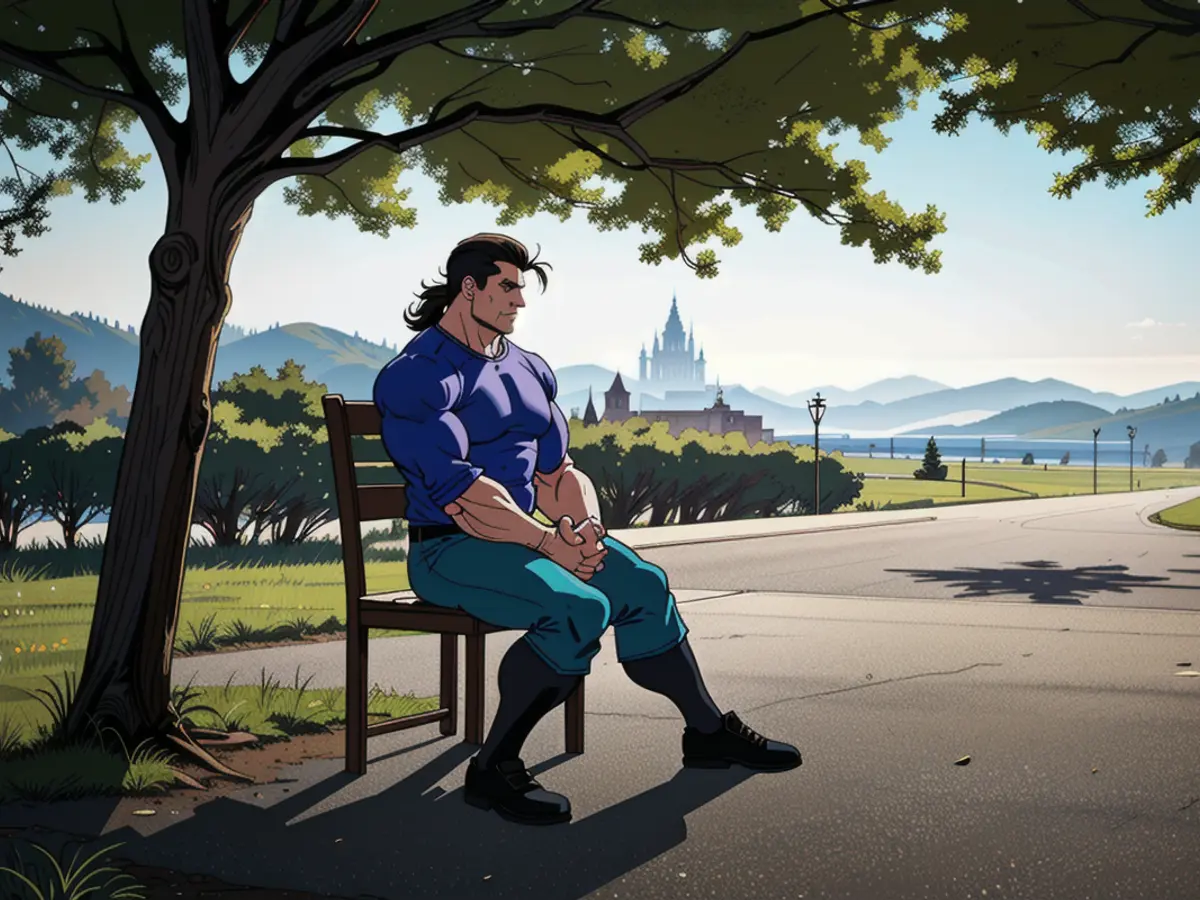
Regional Influences
As fiddlers' conventions and dancehalls spread throughout the South, string bands started popping up in every corner of the region.
"There's different styles of regional fiddle," says Alexander. "Appalachian fiddle's what we most think of, but as you get farther south, you'll find Zydeco fiddle-that's this Haitian-New Orleans mashup with accordions and big bands." And when you get to Texas, that's where it morphs into mariachi music, with Mexican influences. Since the fiddle's so approachable, every hand that touches it has the power to impact its sound. "It [became] this melting pot of an instrument," adds Alexander.
The Modern Fiddle
This old-school instrument's still got its foot in the door of pop culture. I don't give a damn about what sporting event I've left or which social media platform I've scrolled through-"Wagon Wheel" by Old Crow Medicine Show or The Chicks are never far from my ears. The fiddle's woven into the fabric of our daily lives-and it ain't going anywhere.
New-Wave Country
A whole bunch of pop artists have been giving country a go lately, probably led by Beyoncé's Cowboy Carter album. "I'd even go as far to say that it was a cultural shift," adds Alexander. "Any time you have a Black woman claiming an art form that's got roots in traditional Black music, you're gonna open the door to a shitload of people. Look at that record and the numbers it did. It brought a whole new generation of fans to country music."
Artists have been leaning on the twang of banjos and fiddles to embrace the genre and signal this change. Check out "The Giver" by Chappell Roan. The opening notes of that fiddle would've set the country tone even if Roan hadn't debuted the song in Daisy Dukes and cowboy boots.
"I think country music's gonna be a little more colorful and open-minded than it's ever been," he says. "Now, you've got more people than ever experimenting with country sounds. You've got more brown folks, more Black folks playing country."
Hear It for Yourself
If you wanna check out the bluegrass traditions up close, stop by readers' favorite The Floyd Country Store in Virginia for their Friday Night Jamboree. You'll get to witness fiddlers putting their skills to the test and dabbling in the techniques we've discussed-and maybe some they haven't.
So all of this to say, is a fiddle just a country violin? Well, technically, it's the same instrument, but there's so much more to it that can't be pinned down. It's like those Southern recipes that only folks from down South can get just right, because they know how to season with their hearts. A fiddle's got that extra dash of Goddamn flavor in every note.
Zenas Alexander, an authority in music education and fiddle playing, explains the unique characteristics of a fiddle compared to a violin. Technically, they are the same instrument, but the playing techniques and styles differ significantly. Fiddles are more associated with folk music or bluegrass, while violins are traditionally used for classical music. The fiddle's regional influences can be traced back to Appalachia, with roots in Irish-Scottish settlements, as well as African American and Native American communities. Bill Monroe, the "father of Bluegrass," incorporated black gospel and jazz music into his craft, learned from black blues guitarist Arnold Shultz. As fiddlers' conventions and dancehalls spread throughout the South, various regional styles of fiddle emerged, such as Zydeco fiddle in Louisiana and mariachi music in Texas. Today, the fiddle continues to remain a significant part of pop culture, influencing modern country music and being showcased in events like The Floyd Country Store's Friday Night Jamboree.
